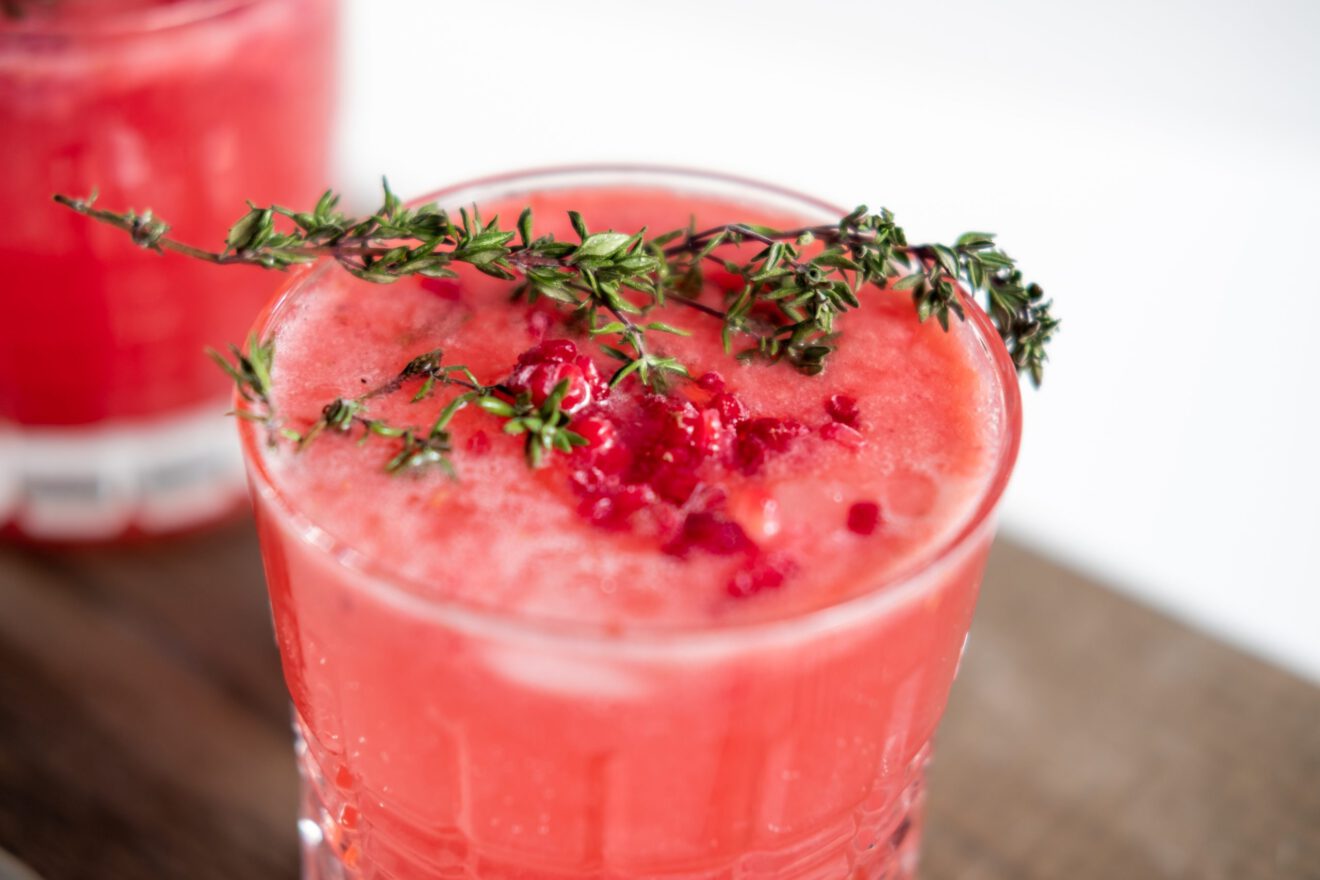The pandemic has ushered in a bevy of new consumer trends, with perhaps the most overarching being a move toward mindfulness and better-for-you food and beverage options. While many Americans chose to imbibe more heavily during the beginning of the pandemic, those with an eye on this health and wellness trend have been increasingly interested in cutting back on their alcohol consumption.
“I think even before Covid there was this trend that we observed, what we were calling the sober curious movement,” explained Robertson Allen, senior consultant with The Hartman Group. According to Allen, the movement has been particularly prevalent among millennials who are choosing to limit their alcohol as part of a proactive approach to their health, including those who noticed how much they were consuming amid the pandemic.
The Hartman Group’s recent research on the sober curious trend found that this countermovement toward drinking less alcohol is indeed gaining relevance among consumers and manufacturers alike. Products like hard seltzers with fewer calories and functional beverages with low or no alcohol fit the bill as shoppers looked to counteract the negative health and anxiety effects of Covid-19 and practice more mindfulness with what they put in their bodies.
Behind the trend
Cultural shifts beyond mindfulness, including a demand for personalization in food and beverage, have exacerbated the sober curious movement. A growing acceptance of drinking less alcohol or fully abstaining, along with socialization spaces that embrace options for those choosing not to drink, are furthering the trend, the Hartman Group study found.
The rise of marijuana legalization is also making the trend more appealing. “One thing that we’ve seen is that as cannabis gets legalized recreationally in states, not across the board, but alcohol consumption is decreasing across certain populations,” Allen said.
Many consumers see marijuana as a slightly more appealing alternative to alcohol from a health perspective, Allen explained, with the study finding that beverages containing legal THC and CBD “are part of a broader trend in products featuring ingredients that seek to impart the positive social benefits that alcohol can afford without replicating alcohol’s negative health outcomes.”
Further, the idea of a flexitarian approach to sobriety is also appealing to consumers, Allen explained. “Consumers looking for alternatives are not necessarily teetotalers; just as some are taking a more ‘flexitarian’ approach to their meat consumption — limiting meat and being more deliberate about their choices when they do consume it — consumers of alcohol are starting to make more measured assessments of their relationship to, and consumption of, alcohol,” the study found.
Products making waves
Lower-alcohol beverages and a slew of functional beverages are finding a home among sober curious customers. While wellness claims and attributes like adaptogenic properties are increasingly appealing, Allen believes flavor innovation can be just as important. A lot of newer products, Allen explained, have strong flavors, botanical blends and a distinct aroma.
Adding alcohol to existing wellness drinks has also been a boon for manufacturers. “Kombucha represents so many health and wellness properties,” Allen said, adding that, “Having it with alcohol does have a certain kind of appeal.”
Curious Elixirs is a particular product line that interests Allen, who pointed to its botanical and adaptogenic properties. The company’s “booze-free cocktails” range from a de-stressing tonic with lemon, cucumber, alpine flowers, herbs and ashwagandha to a pomegranate beverage infused with uplifting rhodiola.
The trend is only poised for more growth as people eventually emerge from the pandemic having taken stock of their relationships with alcohol, Allen said. “There is going to be, and already has been, pent-up demand for people to socialize, see people and go to bars and have this communal experience,” Allen explained, with that socializing likely including less alcohol.
Related stories:
- How fancy food brands can feed consumers in the pandemic and beyond
- How the pandemic is reshaping restaurant real estate
- Is your business ready for what’s next in sustainability?
If you liked this article, sign up for SmartBrief’s free email newsletter from the Consumer Brands Association. It’s among SmartBrief’s more than 250 industry-focused newsletters.
